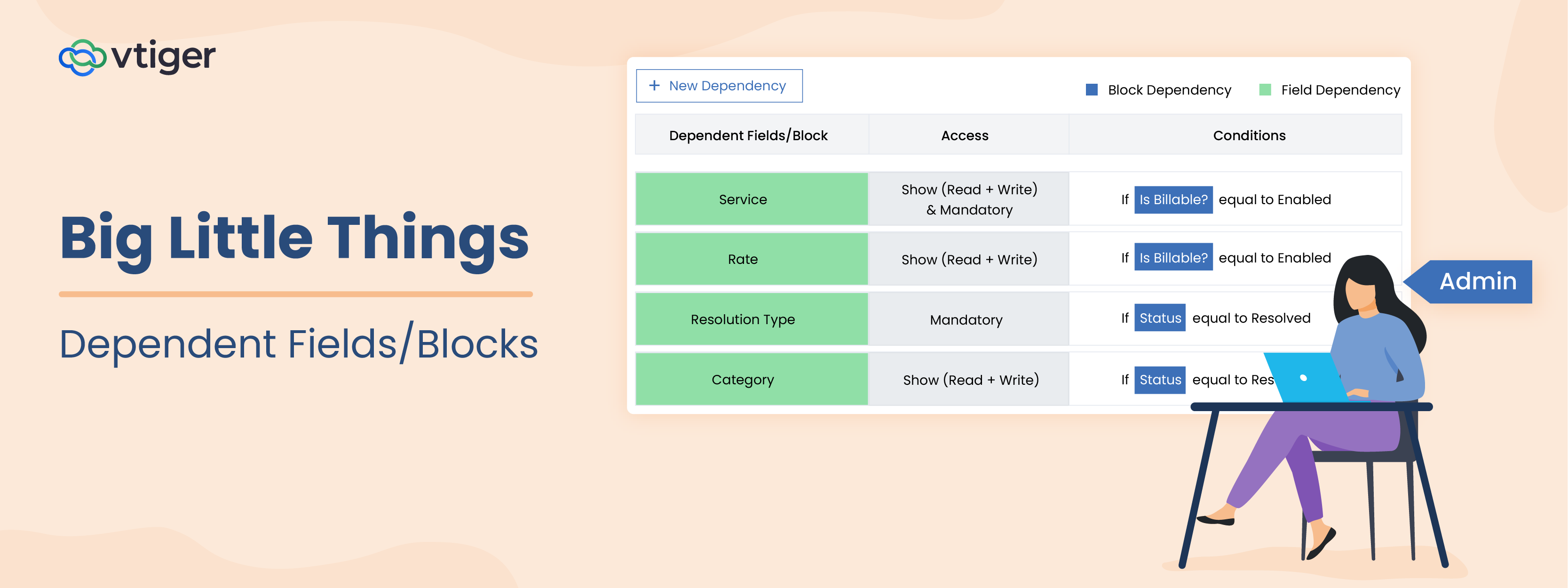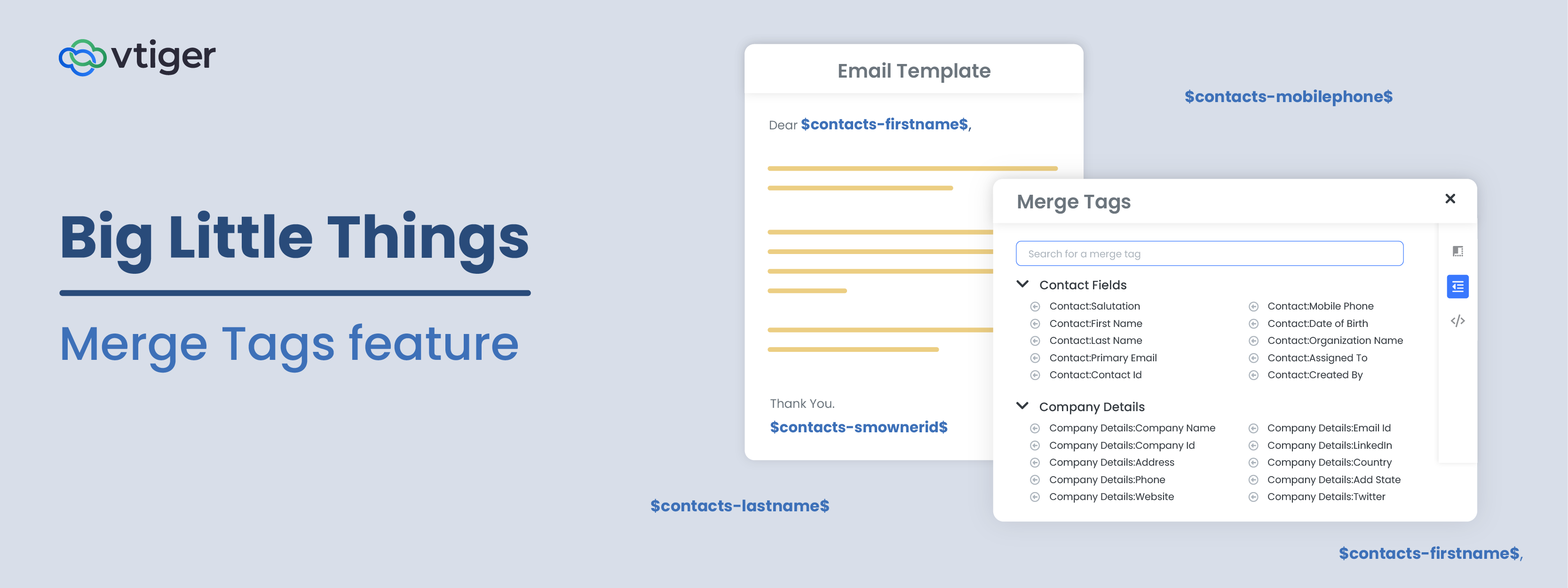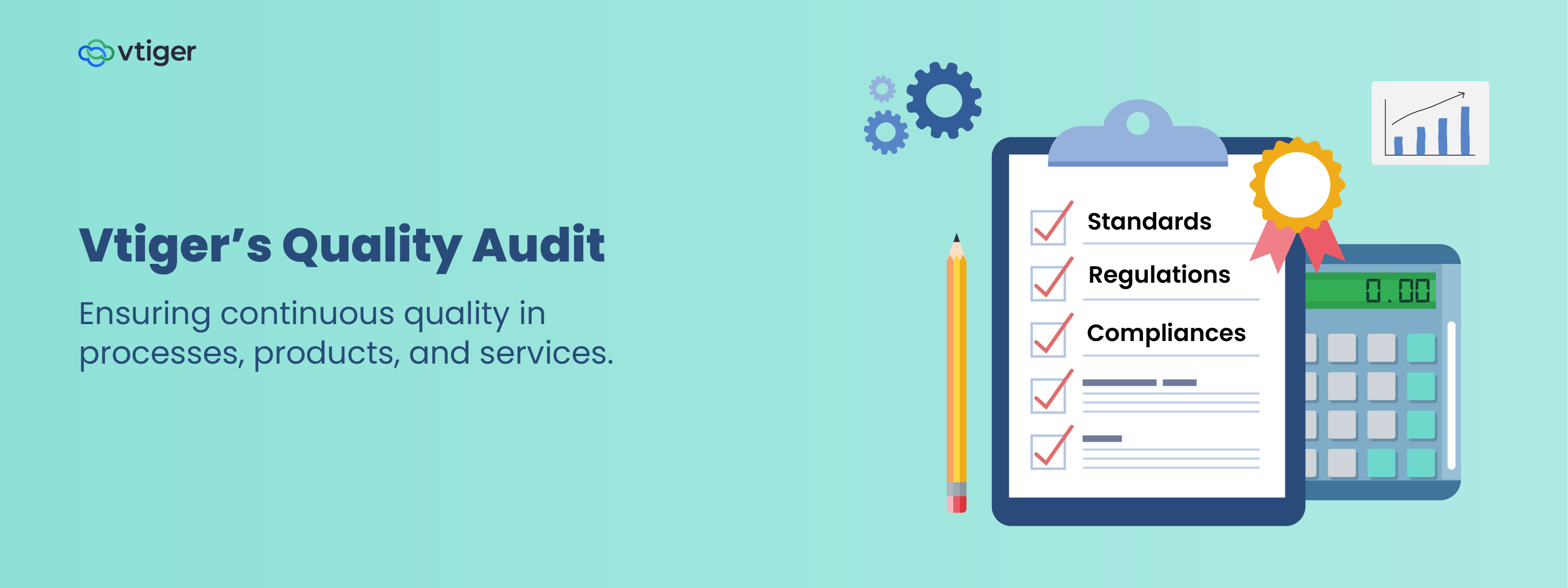In today’s competitive business environment, high customer satisfaction often means the difference between customers happily buying from you again, and shopping around at competitors the next time they have to. Market leaders know this fact well – stories of customer experiences with companies like Amazon and Apple are a testament to that fact. While many business leaders know the importance of the customer experience – there is a massive divide between what they believe they deliver, and reality. Today, 80% of businesses believe they deliver excellent customer satisfaction. In reality, only 8% of customers feel that way about those same companies. To start down the path to making reality meet expectation, support organizations must start measuring their customer service experiences.

That’s why we built a new customer satisfaction survey right into Vtiger. Whenever you resolve a customer service case, Vtiger automatically sends a satisfaction survey to the reporting customer letting them tell you how they felt about your service. The survey has smileys indicating 3 emotions – Happy, Sad, and Neutral.
The customer satisfaction rating that you receive helps you to do the following.
- Identify customers that are likely to buy again:
- Identify how to improve your customer experience:
- Boost your customer service team’s morale and effectiveness:

Happy customers generate repeat sales. The average repeat customer spends 67% more per year. With more happy experiences, they tend to become loyal. And loyal customers can transform a business’s growth.

When a customer expresses displeasure with your service, it’s a warning that the customer is at the risk of leaving your business. If a customer is unhappy, then there must a reason for it. It’s important to listen to what is the bothering your customers and find a solution in time to gain the trust of the customer and make them happy.
Vtiger lets your unhappy customers share exactly why they’re unhappy. Your support team can use that information to make sure it doesn’t happen again. For instance, if many customers report service being slow, you can shorten your SLA conditions. Also, remember to reply instantly to customers expressing discontent. A personalized call or an email assuring that the company cares and is investigating the issue is always pleasant.
When customer feedback is directly available to support associates, they become conscientious, positively impacting their attitude and how they handle cases. The same feedback coming from a manager, however, may result in defensiveness. So, managers should try to not act as a filter between the customer comments and support associates.
Allowing support associates to directly view how satisfied their customers are with their response is as good as any other training course. For instance, let’s say one of your very enthusiastic support associate works hard for a week to fix a customer problem, but the satisfaction survey feedback comes as unsatisfied with a small note – “We are happy that the issue is resolved. But we were clueless about what was happening for a week, and it directly affected our deliverables.” This feedback coming directly from the customer helps the associate learn the importance of communication more effectively than any course could.
If you’ve not measured customer satisfaction before and think your team could benefit from it, then you should try Vtiger’s customer satisfaction survey now. Read our customer survey documentation to learn more. Have any questions? Leave us a comment or mail us at [email protected]



